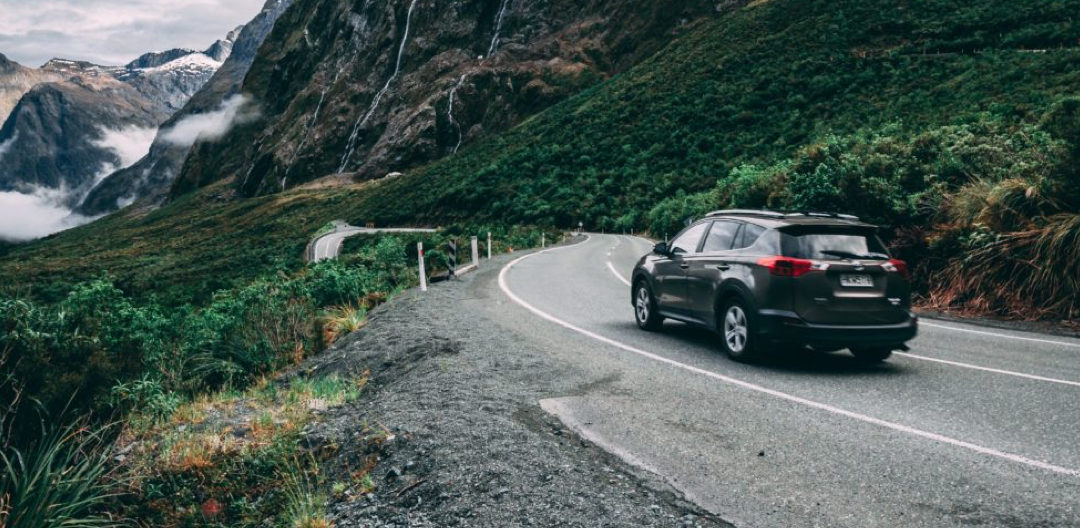Not a day goes by without media telling us about pollution, particulates and the risks we create, daily, by taking our car to go to work. Without forgetting the cost of fuel and all over hassle. But we can do something to reduce the inconvenience daily by adopting an efficient driving. Here is how. No need to be an environmentalist to act on a daily basis for the environment… it’s only a matter of implementing the tenets of eco-driving.
Reducing our speed: a beginning, not an end!
When you reduce speed, you consume less, obviously. But even driving more slowly can still consume too much as proved by the performance recorded by driving school instructors: 9 to 22 litres… on the same course driven in strict speed limits!
Two values characterize the performance of an engine: power and torque. We forget the power since it is what can drive fast (it is not the purpose of eco-driving !) To address the torque, unknown to the vast majority of motorists notion.
In the user manual of your car FIG necessarily a fact sheet on which is indicated how the system engine delivers its maximum torque, ie which system offers the best performance, ie what system it still offers the most “force” … without forcing. In many vehicles, the maximum torque is between 2000 and 2500 rev/min, 2000, in the case of most diesel engines and 2500 in the case of most gasoline engines.
When “sober” rhymes with “safer”
In the city, ride above the maximum torque speed only serves to consume more because, beyond this limit, the motor efficiency drops rapidly. We advise you to stay in a speed range from 1000 to 2000 rev/min, and for that, we must monitor the tachometer ( a quick glance is enough ) and use the gearbox wisely.
Other basic rules about efficient driving: outlaw sudden acceleration in first who consume more than 30 l/100 km, do not continue to accelerate when we see, in the distance, a light turn red, but up foot to come “die” gently to a complete stop using the engine brake, do not follow too close to the vehicle ahead to avoid having to brake suddenly when surprise manoeuvre on his part before each braking be followed by a re-speed necessarily “high energy”. In short, burning less fuel comes from careful driving and maximum anticipation, two concepts that also have the merit to participate greatly in safety.
Before you leave, let’s kill an old belief. Many drivers still think that by putting their gear in neutral when driving downhill or approaching an obstacle (red light, stop sign,…) they will consume less. Serious mistake! When idle, the engine still needs gas so that when a gear is engaged and you simply remove your foot from the accelerator, the electronic injection system completely shuts off the fuel admission.
Light right foot necessary!
Come on, it’s time to get on the urban roads that bring virtually all driving conditions to the mix, including uphill drives and descents.
At startup, I gear up as fast as possible to the second, the first should be used only “take off” the car. Then I try never to exceed 2,000 r / min and adopt the most casting possible driving by touching the accelerator pedal and even uses the fourth gear. Needless to say that I do not drag me miserably in traffic, eco-driving had not intended to make me play mobile chicanes! Steady speed indicator instantaneous consumption stabilizes at around 4.7 l/100 km. Not bad!
Go ahead, try it now. And eiver will reward you for your efficient driving 😉
Happy eiverdriving!

